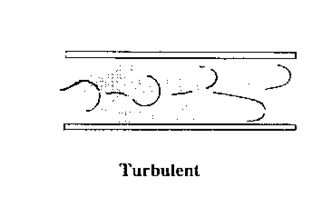
Difference Between Mosquito and Bed Bug Bites
Understanding the differences between mosquito and bed bug bites is crucial for identifying the source of an infestation and treating the bites effectively. While both insects are known for their itchy and sometimes painful bites, there are distinct characteristics that can help you differentiate between the two.
Size and Shape

Mosquito bites are typically smaller and more pinpoint in size, often appearing as a single, red dot on the skin. Bed bug bites, on the other hand, are usually larger and more spread out, forming a cluster of red bumps or welts. This is because bed bugs inject an anesthetic and an anticoagulant into the skin, which can cause the bite to swell and become more noticeable.
Location

Mosquito bites are commonly found on exposed skin, such as the arms, legs, and face. Bed bug bites, however, can occur anywhere on the body, including areas that are typically covered by clothing. This is because bed bugs are nocturnal and often feed on their hosts while they are sleeping, making it more likely for bites to appear on areas that are not exposed to the insects.
Pattern

Mosquito bites often appear in a line or cluster, as mosquitoes tend to feed in a straight line or in a group. Bed bug bites, on the other hand, may appear in a random pattern, as bed bugs do not have a specific feeding pattern. This can make it more difficult to identify bed bug bites, especially if they are scattered throughout the body.
Duration
Mosquito bites are usually itchy and may cause mild swelling, but they typically resolve within a few days. Bed bug bites, however, can be more persistent and may cause severe itching and swelling. In some cases, bed bug bites can lead to an allergic reaction, which can cause the bites to become more inflamed and painful.
Appearance
Mosquito bites are often red and may have a small white dot in the center, which is the insect’s saliva. Bed bug bites, on the other hand, may appear as a red bump with a clear center, which is also the insect’s saliva. However, bed bug bites may also have a darker center, which is caused by the insect’s digestive juices.
Prevention and Treatment
Preventing mosquito and bed bug bites involves taking different approaches. To prevent mosquito bites, use insect repellent, wear long-sleeved clothing, and eliminate standing water around your home. To prevent bed bug bites, inspect your home for signs of bed bugs, such as small, dark fecal spots or shed skin, and seal any cracks or crevices where bed bugs may hide.
For treating mosquito bites, you can use over-the-counter antihistamines or hydrocortisone cream to reduce itching and swelling. In the case of bed bug bites, you may need to seek medical attention if you experience an allergic reaction or if the bites become infected. In both cases, it’s important to clean the bite area with soap and water and avoid scratching to prevent further irritation.
Conclusion
Understanding the differences between mosquito and bed bug bites can help you identify the source of an infestation and treat the bites effectively. By being aware of the size, shape, location, pattern, duration, and appearance of the bites, you can take appropriate steps to prevent and treat these common pests.







